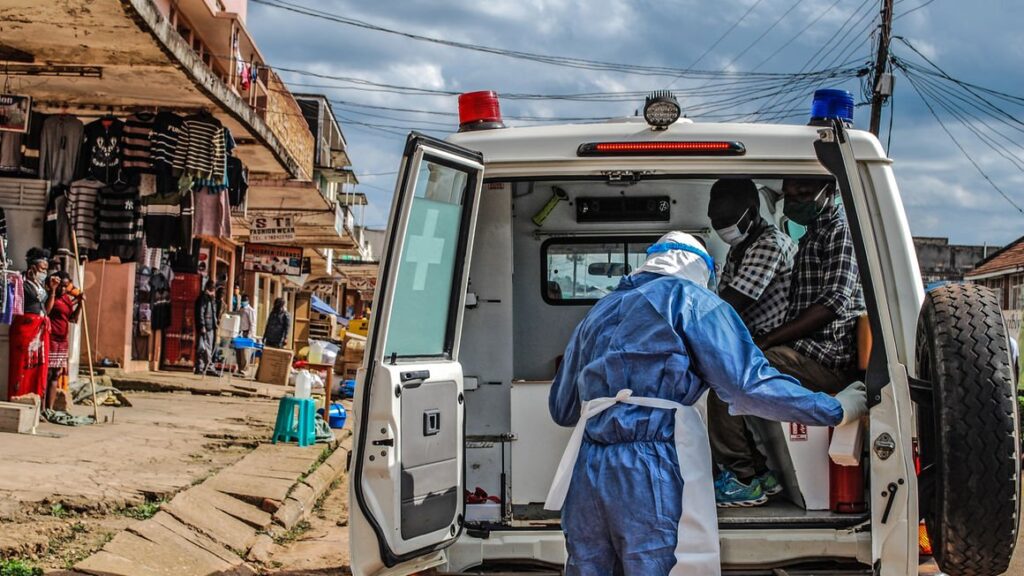
The Ministry of Health says it has provided an option of advising some categories of Covid-19 patients to undergo isolation and care at their homes.
“Asymptomatic patients or those with mild disease or those who are not at risk of developing severe disease can undergo home-based isolation and care not to overwhelm the health facilities,” a document provided by the ministry reads in part.
The document explains that for one to undergo home-based care and isolation, they must have been assessed by a designated healthcare worker or a health assistant.
The patients must also stay in a separate room and limit movements in the shared areas such as bathrooms, toilet, and kitchen.
They must always practice infection prevention and control while at home and accept to be monitored by the healthcare workers for at least 14 consecutive days from the date of the test while in isolation.
The ministry is opting for home-based care for such Covid-19 patients because at least 28 districts have entered stage four of the Covid-19 pandemic.
The disease has been confirmed in at least 95 of Uganda’s 136 districts. A number of districts are slowly progressing towards stage four of the pandemic.
Stage four of the pandemic is where there is wide community spread of the virus, with unconnected multiple clusters of the disease. Under this phase, experts say the most effective response measure is mitigation.
At stage one, there are no cases and the aim is to prevent entry into the country. The response centres at ports of entry control restricted travel from high risk areas.
With stage two, there are sporadic cases and the main focus is to prevent local transmission to contacts. The response measures at this stage involve identification and quarantine of suspects/cases.
At stage three, there are clusters of community spread. The aim at this stage is to prevent transmission beyond infected clusters, which may involve extensive containment measures.
Dr Charles Olaro, the director of curative services at the Ministry of Health, said with stage four cases identified, it may represent 10 to 15 per cent in the community, and thus it is not feasible to track and institutionalise all confirmed cases in the community.
He said resources at this stage are best directed to the severely ill patients to ensure quality of care and minimise mortality.
Dr Olaro added that there is need to prioritize hospital beds for the vulnerable.
As of Sunday (October 4), Uganda had registered 8,808 cases, with 4,736 recoveries and 81 deaths. Some 491,547 samples have been tested as of October 4.
A number of the tested samples are repeat tests, indicating that only a tiny proportion of Uganda’s 40 million people have been tested for Covid-19.
Dr Monica Musenero, a senior presidential adviser on epidemics, told Sunday Monitor on Friday that their focus is to detect those who are likely to suffer severe disease or die from the disease.
“That’s why if you are sick, we come pretty quickly because right now, we are not trying to find everybody who has the virus, we are trying to find those who are likely to develop severe disease,” she said.
Dr Musenero estimated that only 15 per cent cases are being detected and that e government doesn’t have resources to test more Ugandans for Covid-19.
At the country’s current stage, Dr Musenero said individual responsibility to prevent infection will be key.
“In the past stages, we knew where the virus was but now it is spread everywhere. Even in the parts where it has not spread, it will. People have to wear masks, keep social distancing, wash hands with soap or sanitizer and ensure that they don’t get infected. I am sure many are doing it, otherwise we would now be recording 2,000 cases a day,” she said







Muchas gracias. ?Como puedo iniciar sesion?